I think your original idea was better than ephemeral subscriptions tbh. I mean it works, but it feels totally unnatural. Depending on what your requirements are. For example, do clients only need to receive messages while they're connected or do they all need to get all messages?
Only While Connected
Your original idea was better imo. What I probably would have done is to create a gRPC stream service that clients could connect to. The implementation is essentially an observer pattern. The consumer will receive a message and then iterate through the subscribers to do a "Send" to all of them. From there, any time a client connects to the service, it just registers itself with that observer collection and unregisters when it disconnects. Horizontal scaling is passive since clients are sticky to whatever instance they've connected to.
Everyone always get the message, if eventually
The concept is similar to the above but the client doesn't implicitly un-register from the observer on disconnect. Instead, it would register and un-register explicitly (through a method/command designed to do so). Modify the 'on disconnected' logic to tell the observer list that the client has gone offline. Then the consumer's broadcast logic is slightly different. Now it iterates through the list and says "if online, then send, else queue", and send the message to a ephemeral queue (that belongs to the client). Then your 'on connect' logic will send all messages that are in queue to the client before informing the consumer that it's back online. Basically an inbox. Setting up ephemeral, self-deleting queues is really easy in most products like RabbitMQ. I think you'll have to do a bit of managing whether or not it's ok to delete a queue though. For example, never delete the queue unless the client explicitly unsubscribes or has been inactive for so long. Fail to do that, and the whole inbox idea falls apart.

The selected answer above is most similar to what I'm subscribing here in that the subscription is the queue. If I did this, then I'd probably implement it as an internal bus instead of an observer (since it would be unnecessary) - You create a consumer on demand for a connecting client that literally just forwards the message. The message consumer subscribes and unsubscribes based on whether or not the client is connected. As Kamal noted, you'll run into problems if your scale exceeds the maximum number of subscriptions allowed by pubsub. If you find yourself in that position, then you can unshackle that constraint by implementing the pattern above. It's basically the same pattern but you shift the responsibility over to your infra where the only constraint is your own resources.

gRPC makes this mechanism pretty easy. Alternatively, for web, if you're on a Microsoft stack, then SignalR makes this pretty easy too. Clients connect to the hub, and you can publish to all connected clients. The consumer pattern here remains mostly the same, but you don't have to implement the observer pattern by hand.
(note: arrows in diagram are in the direction of dependency, not data flow)

